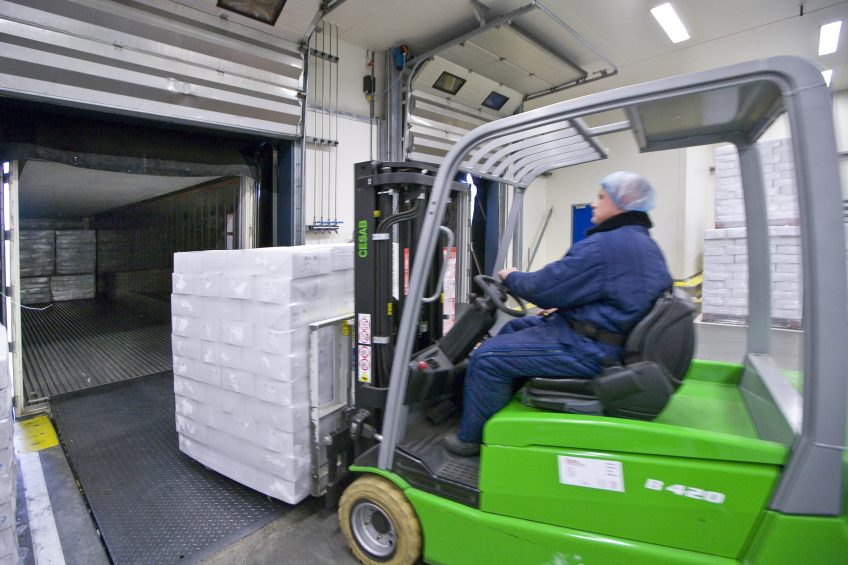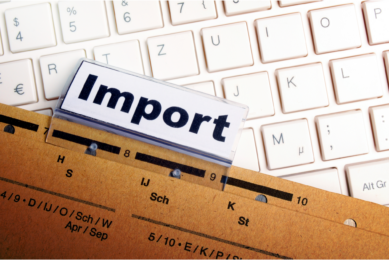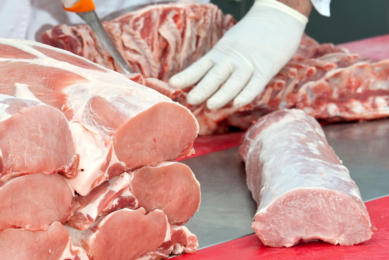EU by far leading supplier for Chinese pork imports

In recent years, the European Union has grown has grown out to be the largest supplier of pork to China taking care of 60% of pork imports. Especially Germany and Spain sell a lot of pork in China.
These figures were shared by market researchers of the well-known French Pork and Pig Institute (IFIP) at the most recent edition of the Swine Research Days (JRP), held in Paris, France in February.
5% pork deficit in coming years
Painting the background, the researchers stated that the Chinese government seems ready to accept a 5% deficit in the coming years. This is because there is an increasing lack of space for new farms, constraints due to environmental issues, and an increasing absence of skilled labour. That is the opportunity in the market many countries see.
Accumulated figures over 2016 showed that Germany and Spain, the 2 leading swine nations in the European Union, recorded exceptional growth in terms of pork exports, see also Table 1.
In the presentation, German pork exporters could be characterised by sending large volumes, homogeneous products and a having relatively small number of customers. The Spanish in turn were said to be better at adapting products to Chinese industrial chains, with a better value for quality.
Pork imports from North America
North America accounted for 21% of Chinese imports in 2016. Only companies that have established pathways prohibiting the use of ractopamine in feed are allowed to sell directly in China.
Interestingly, frozen pig meat represented in 2016 almost half of the total import flows.
A jump into the history of pork trade
Historically, the situation has been different, the researchers explained, as pig production and pork consumption in China used to be at similar levels, leading to similar growth levels. Since the mid-2000s, however, imports gradually started to happen more often, the researchers said.

How did China’s pig herd develop? Check the numbers in Pig Progress’ Global Pig Statistics tool
China used to be known for its high demand for offal and co-products, but its gradually imports have been moving towards more valuable products. Given the importance of China in world trade and economy as the leading pig producer and pork consumer, this small deficit has a huge impact on global pork exporters, especially the European Union and North America.
The speakers stated that China has been controlling its imports through the management of meat stocks and the distribution of direct access approvals to export companies. In many countries, slaughterhouses obtained approvals, which allowed them to sell directly on the Chinese market.
Interested to read more about the situation on China’s pig market? Read John Strak’s analysis of China
A look into the future of pork imports
Casting a look ahead into the future, the researchers noted that pork consumption is expected to increase in the future. To try to keep up with the growing demand, the Chinese government is strongly supporting pig production, especially through subsidies for farm investments and fixing of domestic pork prices.
One fair question that was asked was therefore whether the production would follow the growth of consumption of pork.











